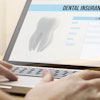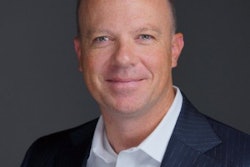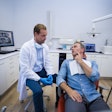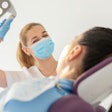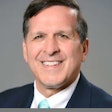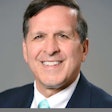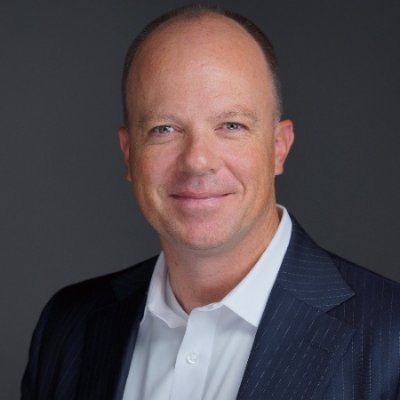
As patients come back to our offices, the conversations with them will most likely be about how they are being protected from COVID-19 with state and federal guidelines, including the U.S. Centers for Disease Control and Prevention's recently updated guidance.
During this time, there will be a new look at the practice and new protocols. Being shut down has hurt all of us in one way or another. Some have been more challenged than others by circumstances. However, you will be able to reopen successfully and maintain momentum if you are confident that you have the correct safety protocols and the equipment to eliminate aerosol exposure.
 James Anderson, DMD.
James Anderson, DMD.A more positive conversation should emerge that is directed toward patients' total well-being and a positive psychological state. We have all shared this pandemic. Many of us carry the mental scars, whether they are evident or not. Their presence is, in fact, an "elephant in the room."
In Stephen Covey's renowned and timeless book the 7 Habits of Highly Effective People, the fifth habit is most applicable as patients and staff return to the practice. The heart of the fifth habit is to "seek first to understand, then to be understood." In other words, diagnose before you prescribe.
We all have our stories to tell, and we all want someone to listen to what we, as individuals, have gone through or are still going through. Now is the time to listen and listen carefully to our patients without thinking of what we are going to say next. Make the patient visit about them and not the shutdown of your practice and dentistry as an essential business.
According to Covey, "It takes a great deal of security to go into a deep listening experience because you open yourself up to influence."
As you listen and ask questions, patients will respond with open and honest conversations about their feelings and life during this change.
Building confidence again in dentistry will require that patients first accept the diagnosis before they agree to the prescribed solution. Trust is not a given in times of confusion and worldly miscommunication of facts.
If you're not sure how to start the conversation with patients as they come in with trepidation, here are some ideas.
A smile and a thank you for coming in are first. Ask about the family or pets to gauge their mood. Ask if they have any dental concerns that need addressing other than a catch-up on the perio maintenance or routine prophylaxis visits. Reassure the patient with your certification of cleanliness and your personal protective equipment (PPE) and efforts to protect everyone from the virus. The patient must always feel safe.
You might ask, "Did you miss the good feeling of professionally cleaned teeth?" Add some humor, such as, "My hair got so long I could donate it" or "Toilet paper was out of stock, but we never had a shortage of floss."
Our practices will come back. They might be smaller in scope, with fewer patients and staff and lighter schedules, and we will have to adapt to survive and grow as the world situation allows. But I am optimistic knowing the powerful influence of the dental community to unite and persevere.
James Anderson, DMD, is a practicing dentist in Syracuse, UT, and is the CEO and founder of eAssist Dental Solutions. He can be reached via email.
The comments and observations expressed herein do not necessarily reflect the opinions of DrBicuspid.com, nor should they be construed as an endorsement or admonishment of any particular idea, vendor, or organization.


